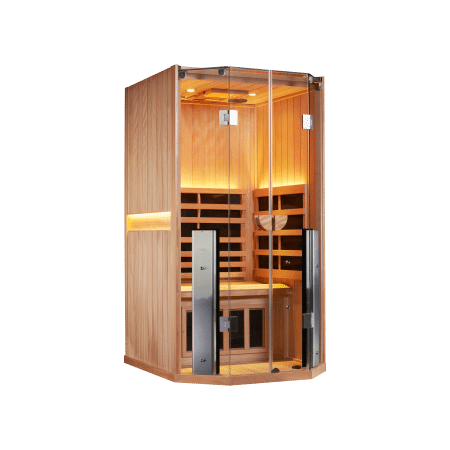In this article, Theodore A. Henderson explores the therapeutic potential of near-infrared light therapy (NILT) for treating neurological conditions such as traumatic brain injury (TBI) and possibly Alzheimer’s disease. NILT, particularly in the range of 600-1,200 nm, has shown promise in animal studies by stimulating various biological processes within brain cells, such as increased ATP production, activation of growth factors, and synaptogenesis, which promote neuroregeneration and tissue repair. The therapy works by penetrating tissue and reaching mitochondria in neurons, where it activates anti-inflammatory responses and enhances cellular repair. Research suggests that this form of light therapy can reduce neuron apoptosis (cell death), improve brain function, and potentially slow the progression of neurodegenerative diseases by stimulating neuroplasticity and enhancing cognitive function.
Henderson’s study highlights several successful cases where multi-watt NILT significantly improved symptoms in patients with long-standing TBI. These patients, ranging from veterans to civilians, showed remarkable recovery in cognitive function, mental health, and quality of life after receiving NILT. The therapy’s effects have been long-lasting, with many patients continuing to show improvements years after their treatment. The evidence points to the ability of NILT to induce a neuroregenerative effect, with neurotrophic factors like brain-derived neurotrophic factor (BDNF) being upregulated, leading to enhanced neuronal growth and repair. Although the specific mechanisms by which infrared light could influence Alzheimer’s disease remain unclear, these findings suggest that infrared therapies, including infrared saunas, might offer a non-invasive and potentially effective option for reducing the risk of Alzheimer’s and dementia by promoting neuroplasticity and slowing neurodegeneration.





